The Partridge is a relatively small bird that usually lives on the ground. Researchers group these birds in the Phasianidae family along with pheasants, grouse, and quails. They are usually between the larger pheasant and the smaller quail in size.
Though there are many different types of these birds, researchers refer to the taxonomic genus Perdix as “true Partridges,” so we will focus primarily on them in this article. Read on to learn about the Partridge.
Description of the Partridge
There are three different species of true Partridges, the Grey, Daurian, and Tibetan Partridge. All three species are relatively similar in shape, size, and color. Their plumage, or feathers, is light colored and normally grey, tan, white, and black.
They are shaped like chickens, with rather plump bodies and small heads. These birds usually measure about a foot long and weigh around a pound or less.
Interesting Facts About the Partridge
Partridges are curious little birds in the pheasant family. Learn more about their various traits and behaviors below.
- Chicken-Like – When you look at these birds, you notice that they look a bit like a mixture between a chicken and a quail. They are portly little birds with small heads and short beaks. Apparently, they also taste like chicken too, as they are a favorite prey item for many different species of animals.
- Partridge Predators – Many different animals consider these birds an important part of a balanced meal. Some of their top predators include great horned owls, falcons, feral dogs and cats, red foxes, grey foxes, skunks, raccoons, and more. These birds are usually a staple in the diets of the predators within their range.
- Short-Lived – This is likely why they are generally short-lived birds. Most individuals do not live longer than two years, and the oldest wild Grey Partridge on record was just four years old.
- Overcompensating – To make up for their high mortality rates, these birds reproduce at high volumes. In fact, female Greys have some of the largest clutch sizes of any wild bird. A single bird can lay up to 22 eggs in one nest!
Habitat of the Partridge
Different species of these birds inhabit different types of ecosystems. However, all three species prefer open grassland or meadow style habitats.
The Grey lives in grasslands and the edges of woodlands. Daurians also live in open areas or open woodlands and prefer habitats with sparse shrubbery. Finally, the Tibetan prefers mountainous meadows with a variety of low bushes and shrubs.
Distribution of the Partridge
The three species have different distributions, but some do overlap. They live throughout Eurasia, though humans have introduced the Grey to North America as well.
Outside of their introduced range in central and midwest North America, Greys live throughout Europe and into western Asia. Daurians live throughout Asia, and Tibetans inhabit the majority of the Tibetan plateau.
Diet of the Partridge
These birds are omnivores, though the majority of their diet is herbivorous. They spend most of the year searching for seeds, nuts, and berries. During the breeding season and while they are young, they feed more heavily on insects and invertebrates.
The high protein content in the insects helps with egg production and the growth of young birds before they reach adulthood. As adults, some of their favorite foods are wheat, corn, ragweed, barley, thistle, foxtail, and more.
Partridge and Human Interaction
Human impact on Partridges varies drastically based on the region. All three species have high overall population numbers, though in some regions the birds are rarer than others. In certain areas habitat destruction and hunting cause population declines, particularly on their breeding grounds.
However, all three species have wide distributions, and their overall populations are stable. The IUCN lists the Grey, Daurian, and the Tibetan as Least Concern.
Domestication
Humans have not domesticated any of these species of Partridge. However, humans do breed them on farms and release them for hunting, but they are not fully domesticated birds.
Does the Partridge Make a Good Pet
No, Partridges do not make good house pets. They are wild birds, and are normally quite flighty and fearful of humans. As gamebirds, in most places it is illegal to own one as a pet.
Partridge Care
On farms and in zoos, Partridges usually have similar care needs across the different species. Their care is similar to that of quail and pheasant. Their enclosures most have secure fencing and plenty of space to forage on the ground.
They do particularly well in large, aviary-style enclosures, where they can search through the bushes and shrubs for food. If a predator can get to a Partridge, they will try to eat it, so ensure your housing is extremely secure and predator-proof.
Behavior of the Partridge
Like other members of their family, Partridges generally forage on the ground. Though they search for food on the ground, they can fly to escape predators if threatened. As a whole, they are quite easily frightened, and the entire flock quickly takes to the sky when alarmed.
These are social birds and live in groups known as “coveys.” Most coveys contain a pair of birds and their chicks. When they young reach maturity they form coveys of their own.
Reproduction of the Partridge
Pairs of Partridges are usually monogamous, and breed with the same partner year after year. They build their nests on the ground, usually with a small amount of grasses. Females lay large clutches of eggs, anywhere between 10 and 22 per nest.
It takes about three or four weeks for the eggs to hatch. The young can follow their parents soon after they hatch. They reach independence after a few weeks, but stay with the covey for up to a year.



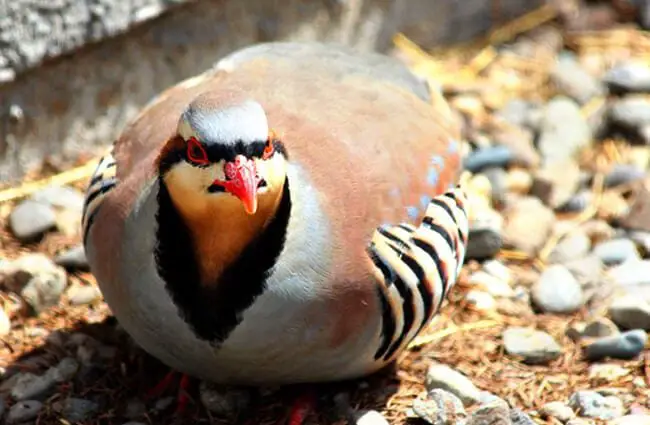
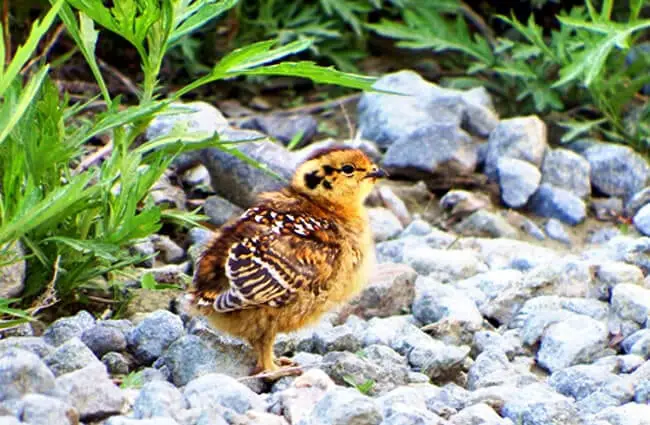
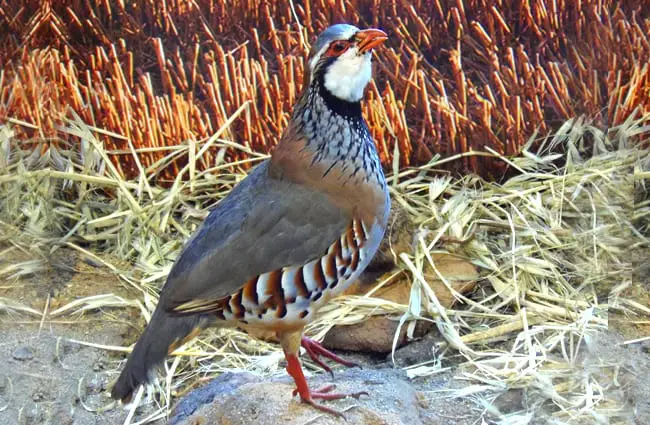
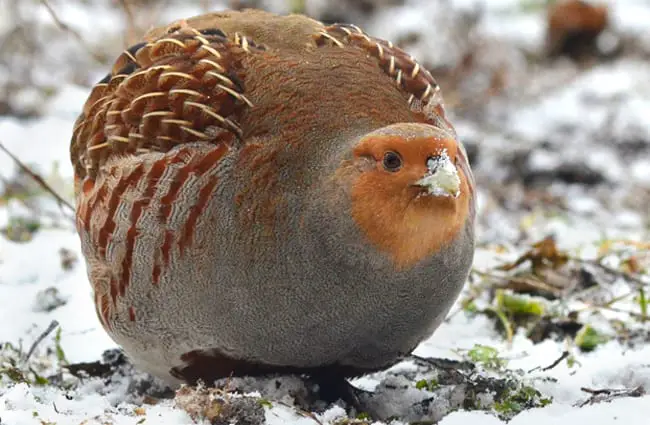
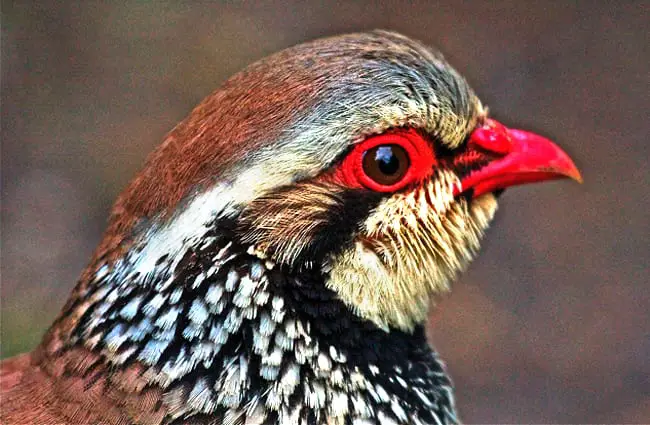

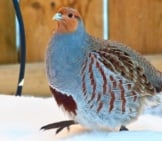
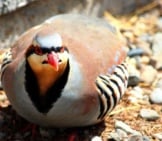


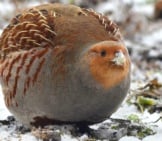

![Red Angus Closeup of a beautiful Red Angus cowPhoto by: U.S. Department of Agriculture [pubic domain]https://creativecommons.org/licenses/by/2.0/](https://animals.net/wp-content/uploads/2020/03/Red-Angus-4-238x178.jpg)












![Red Angus Closeup of a beautiful Red Angus cowPhoto by: U.S. Department of Agriculture [pubic domain]https://creativecommons.org/licenses/by/2.0/](https://animals.net/wp-content/uploads/2020/03/Red-Angus-4-100x75.jpg)

